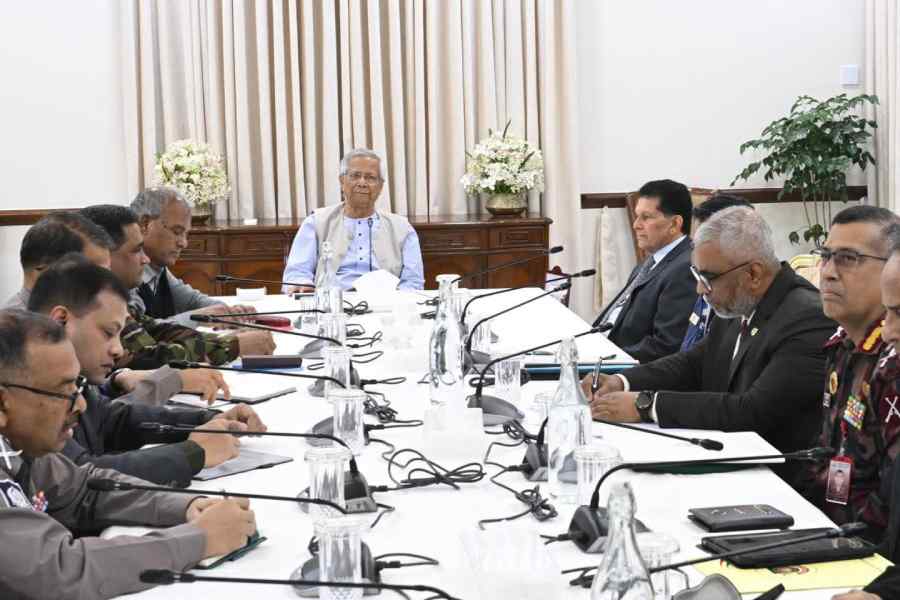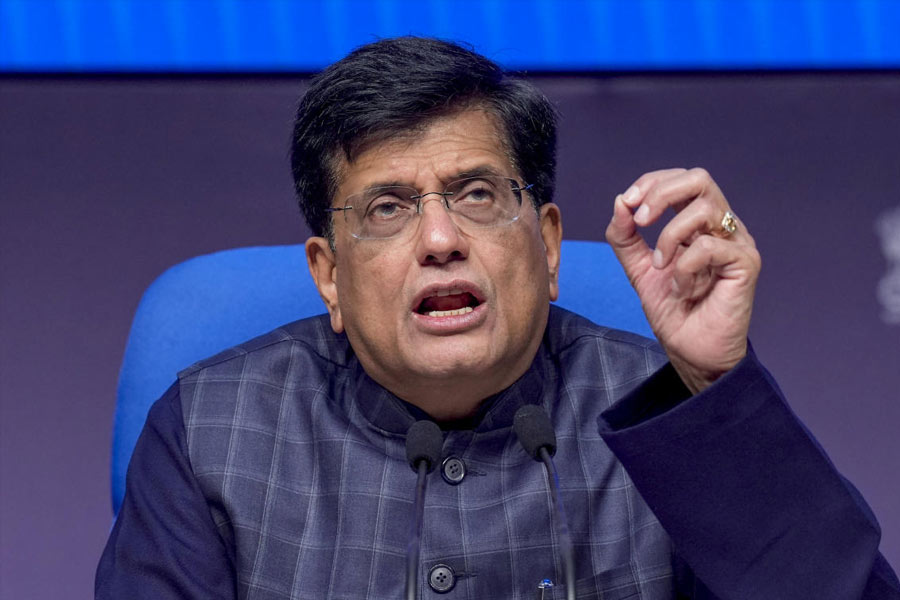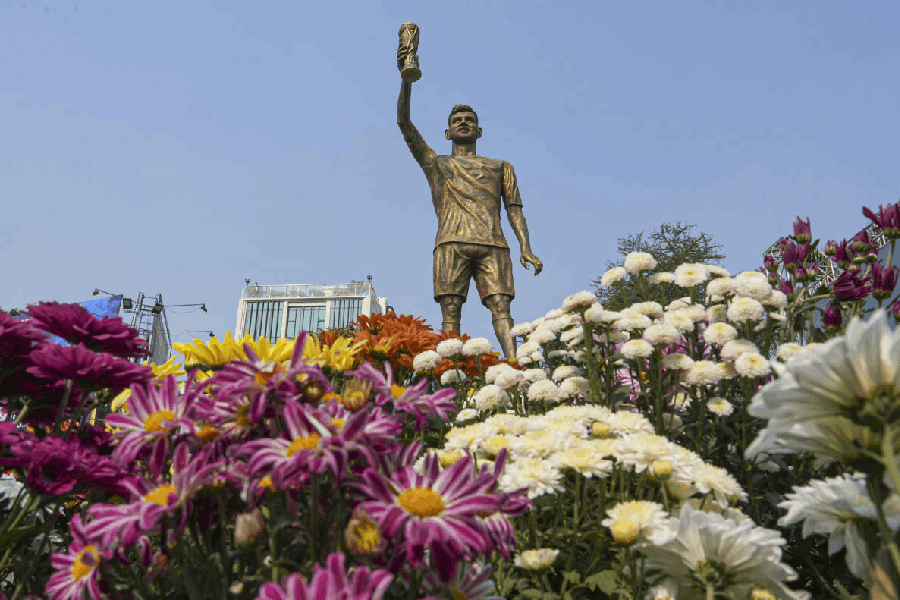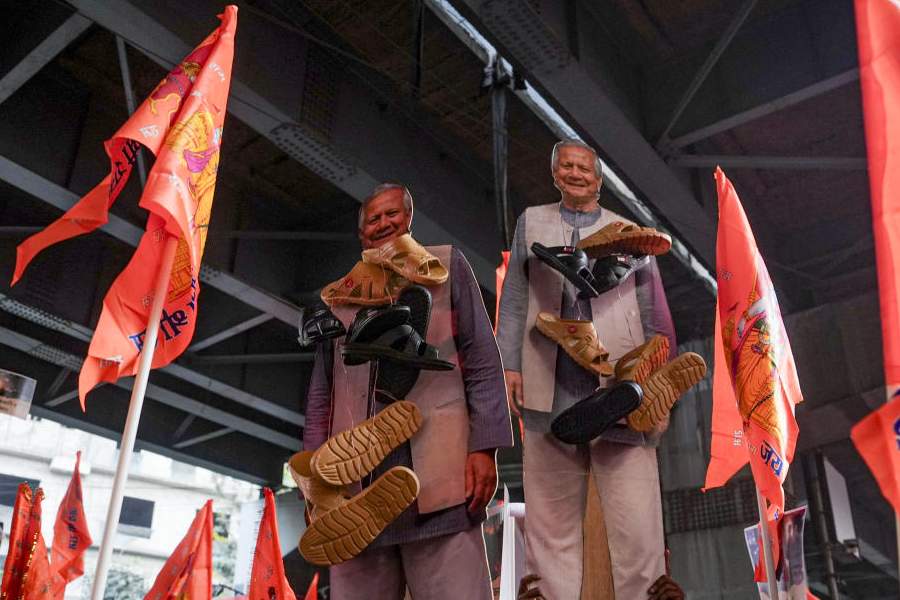 |
| As many as 200 Buddhist nuns learn kung fu at the Druk Gawa Khilwa abbeys in Kathmandu and Ladakh Image courtesy Drukpa publications |
A collective gasp rippled through the audience as 58 flag- brandishing Buddhist nuns of the Drukpa sect broke into the clean swipes and high kicks of kung fu. And when they followed this 15-minute routine with the high-energy and immensely difficult dragon dance, the crowd roared in approval.
The nuns were the hands-down showstoppers at the recently concluded third Annual Drukpa Council summit (ADC) held in the Druk Gawa Khilwa Abbey in Shey, near the Ladakhi capital Leh.
They’re young, deeply spiritual — and can break your bones with a few swift moves if need be. Meet the kung fu nuns of Druk Gawa Khilwa abbeys of Kathmandu and Ladakh who routinely slip into sneakers and abandon their maroon and saffron robes for kung fu suits to demonstrate throws and defensive martial art moves. They rise at the crack of dawn for an hour-long bout of kung fu before getting down to the harder tasks of the day.
So, what’s unique about Buddhist nuns breaking into kung fu or even the dragon dance?
 |
| Pic by Shreya Shukla |
Precisely that — they’re nuns and both kung fu and the dragon dance have always been the considered the domain of monks.
But these nuns are part of the Drukpa sect which is headed by a monk with different ideas. “Women, even nuns, have always been considered secondary and it’s time to change all that,” says the twelfth Gyalwang Drukpa, the spiritual head of the lineage.
By the way, the dragon dance is rigorous as it involves the colourful fabric dragons being held aloft by heavy sticks as the dancers run and jump high during the performance. One false move can ruining the dance as the dragons can’t be allowed to touch the ground.
The nearly 1,000-year-old Drukpa Lineage or the Lineage of the Dragons, which follows the Mahayana Buddhist philosophy, is the state religion of Bhutan and has a global presence.
Traditionally, monks have always been considered superior to nuns and higher in the pecking order. “Nuns always held the belief that they were meant to serve the monks so that they could be reborn as monks and gain enlightenment,” says Carrie Lee, the president of Live To Love International, an NGO founded by the Gyalwang Drukpa.
Now all that is changing. It isn’t just kung fu and the dragon dance that the nuns are taught but also basic business skills. The ones at the Druk Gawa Khilwa Abbey in Kathmandu run a coffee shop, souvenir shop and guesthouse.
The nuns, who start their day at 5am with a dose of kung fu, say that the tough physical exercise sustains them through the day’s hectic routine that includes meditation, learning Tibetan grammar, Buddhist philosophy, English and computer classes. Besides, they have daily chores like cleaning the abbey.
 |
 |
| The third Annual Drukpa Council summit had nuns performing with flags (above) and executing the famous dragon dance to perfection (top); Pix by Shreya Shukla |
It all began in 2008 when the Gyalwang Drukpa was inspired by the sight of Vietnamese Drukpa nuns engaged in combat training during his visit to the country. He decided to introduce the martial art at Kathmandu’s Druk Gawa Khilwa Abbey.
So, he brought four Vietnamese nuns back to the abbey to teach kung fu. The martial art was introduced in the Shey abbey two years ago. Today, some 200 nuns, between 14 and 22 years, learn kung fu in the two branches of the abbey.
Dang Dinh Hai, a third generation Vietnamese kung fu master who began learning the art when he was eight years old, trains the nuns today. He spends three months each at the Kathmandu and Shey abbeys every year.
“Attitudes towards nuns are changing and people are appreciating their potential,” says Jetsunma Tenzin Palmo, a former librarian at the School of Oriental and African Studies who founded the Dongyu Gatsal Ling Nunnery in Kangra, Himachal Pradesh, in 2000.
The nuns are very upbeat about the way their lives have been changed by kung fu. Jigmet Tontam Wangmo has been learning kung fu for four years and is now a teacher herself.
Says fellow nun, the 20-year-old Jigmet Migyur Palmo: “Kung fu makes us more active and we rarely fall sick. Before joining the abbey I wanted to learn it after seeing Jackie Chan’s films.”
Jigmet Konchok Wangmo, a Ladakhi who joined the Shey nunnery that’s located behind the Druk White Lotus School (better known as Rancho’s school from the Hindi blockbuster, 3 Idiots), says: “Kung fu will also help us protect ourselves if required.” She and 19-year-old Jigmat Ayee Wangmo, from Choglumsar also in Ladakh, are among the Shey nuns who learn kung fu.
“In one of the remotest parts of India the Drukpa nuns are going beyond the call of their duties as compared to nuns of other sects,” says Chandramouli Basu, director of Kung Fu Nuns, a documentary based on the nuns of Shey abbey.
In another first, the Gyalwang Drukpa intends to include nuns in his entourage during his upcoming visit to Taiwan “to promote the confidence of the female practitioners (of the sect)”.
The nuns, for their part, have already set their eyes on another horizon — to become teachers of the martial art. “I want to be like the kung fu master,” says Jigmet Tontam Wangmo. So, that’s another goal to work towards.










